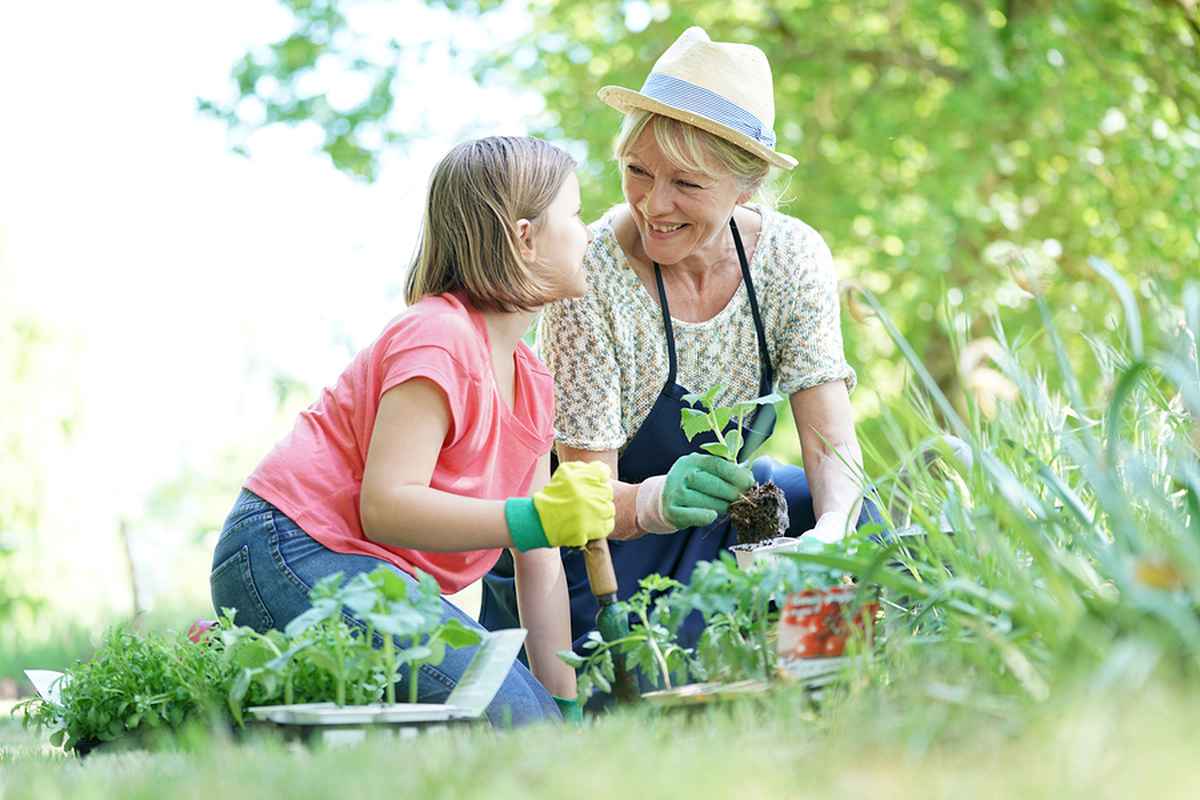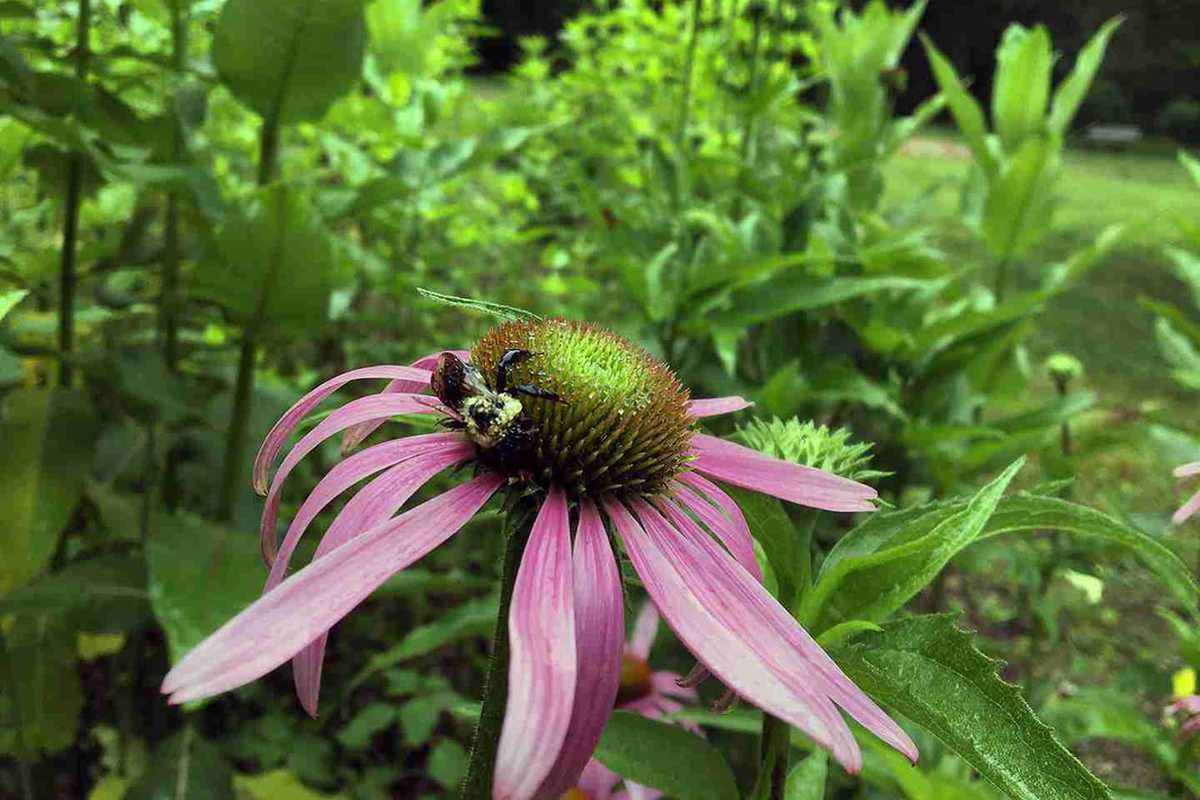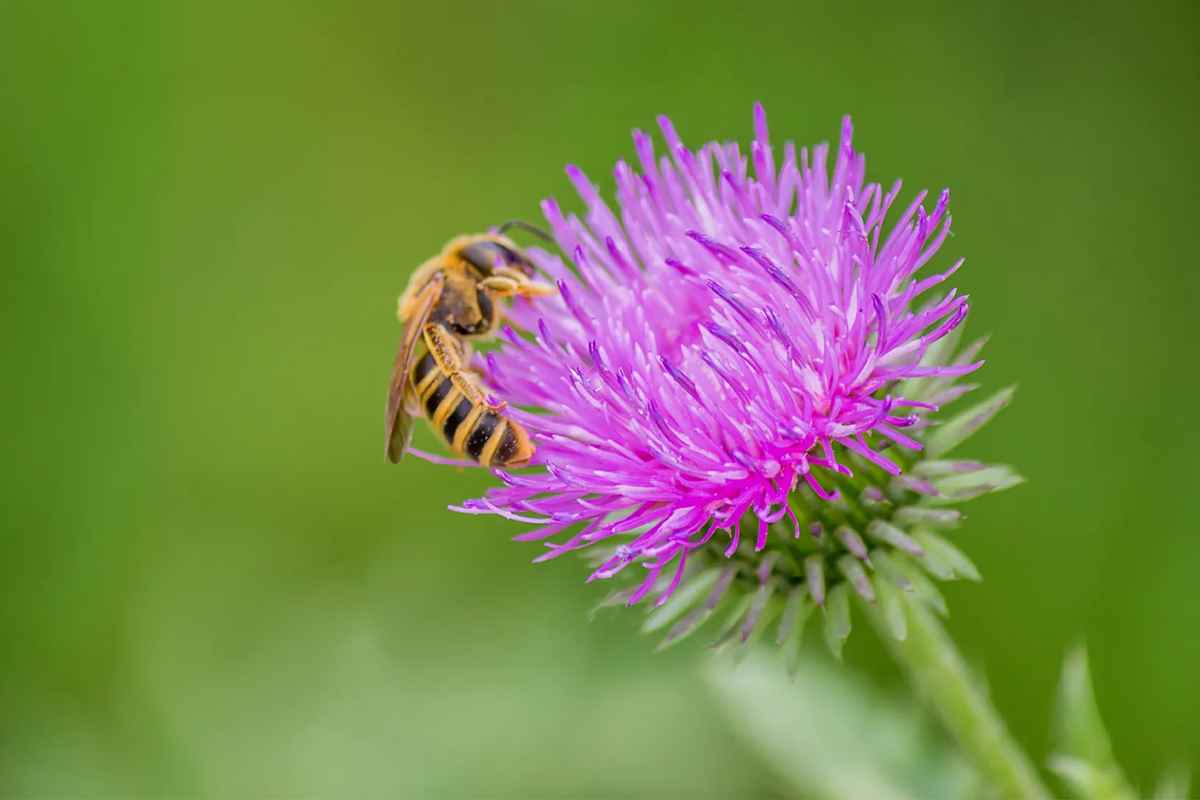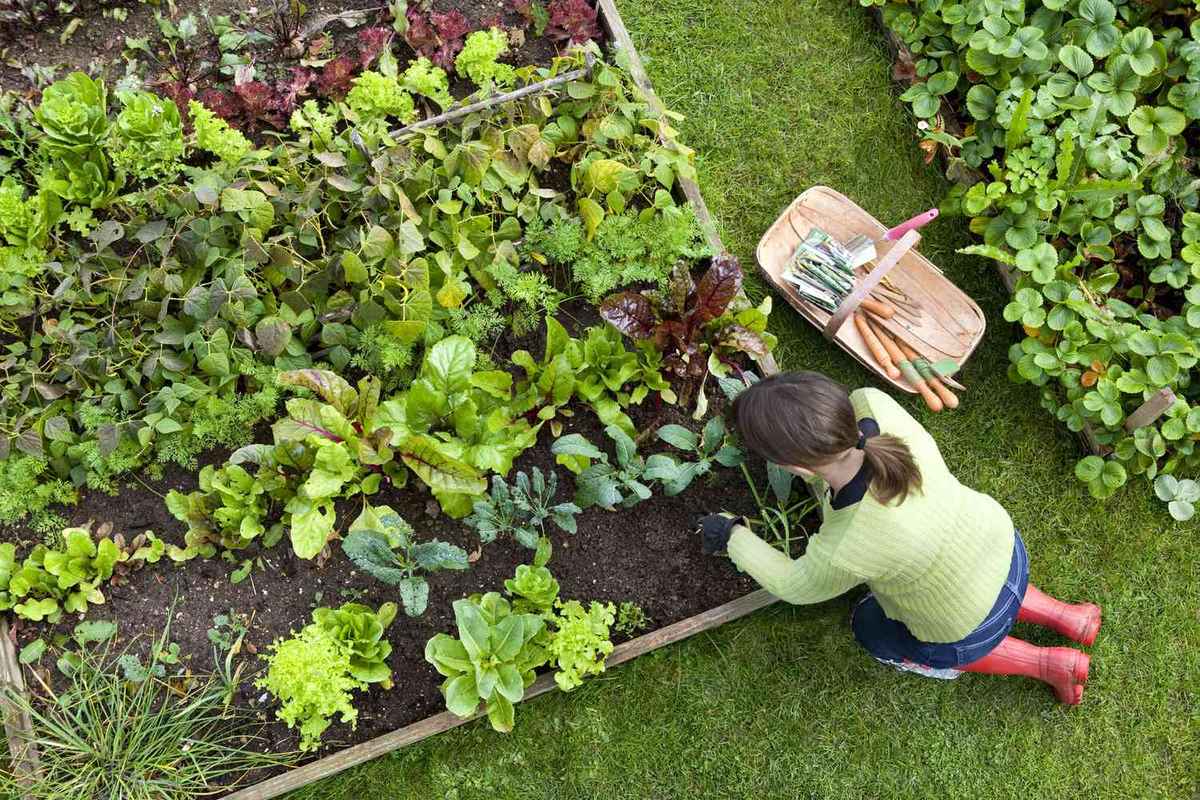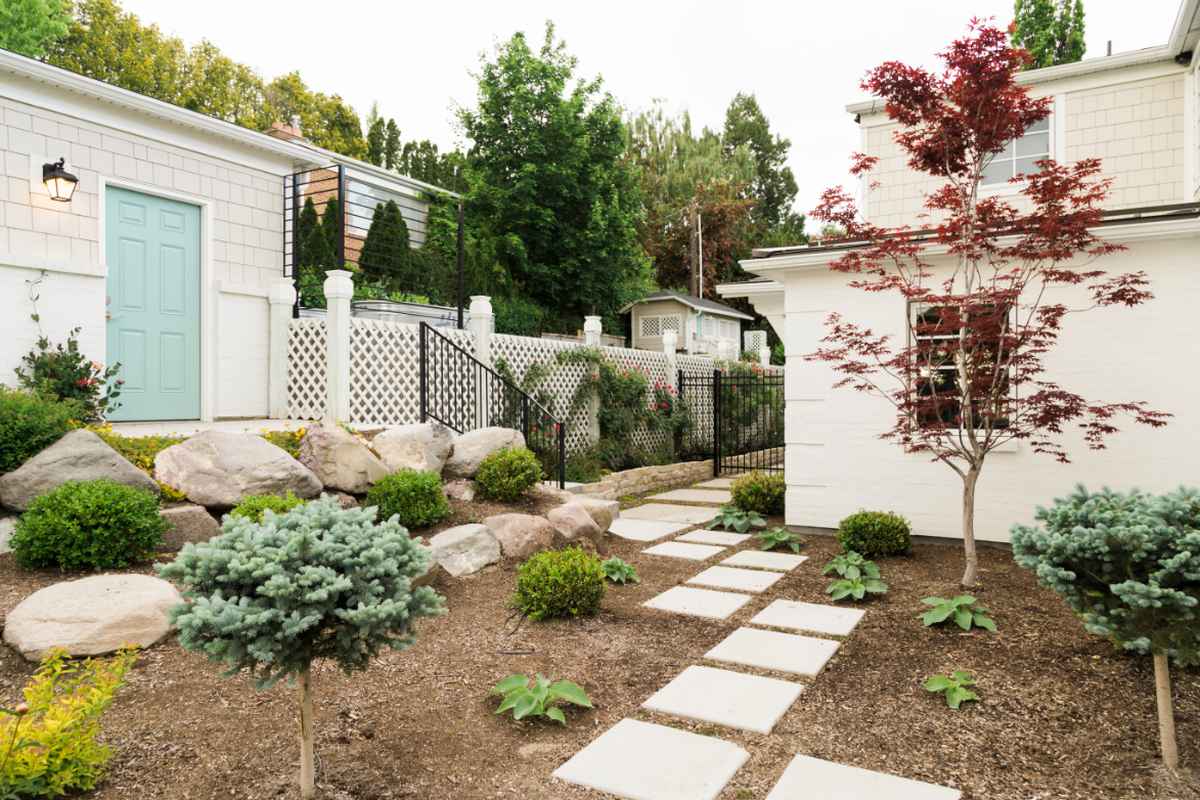If you’re looking to commemorate Earth Day and contribute to a healthier, more sustainable environment, we have a range of suggestions for you.
Without further ado, here are five creative ways to actively address climate change by engaging in gardening practices:
Practice Xeriscaping
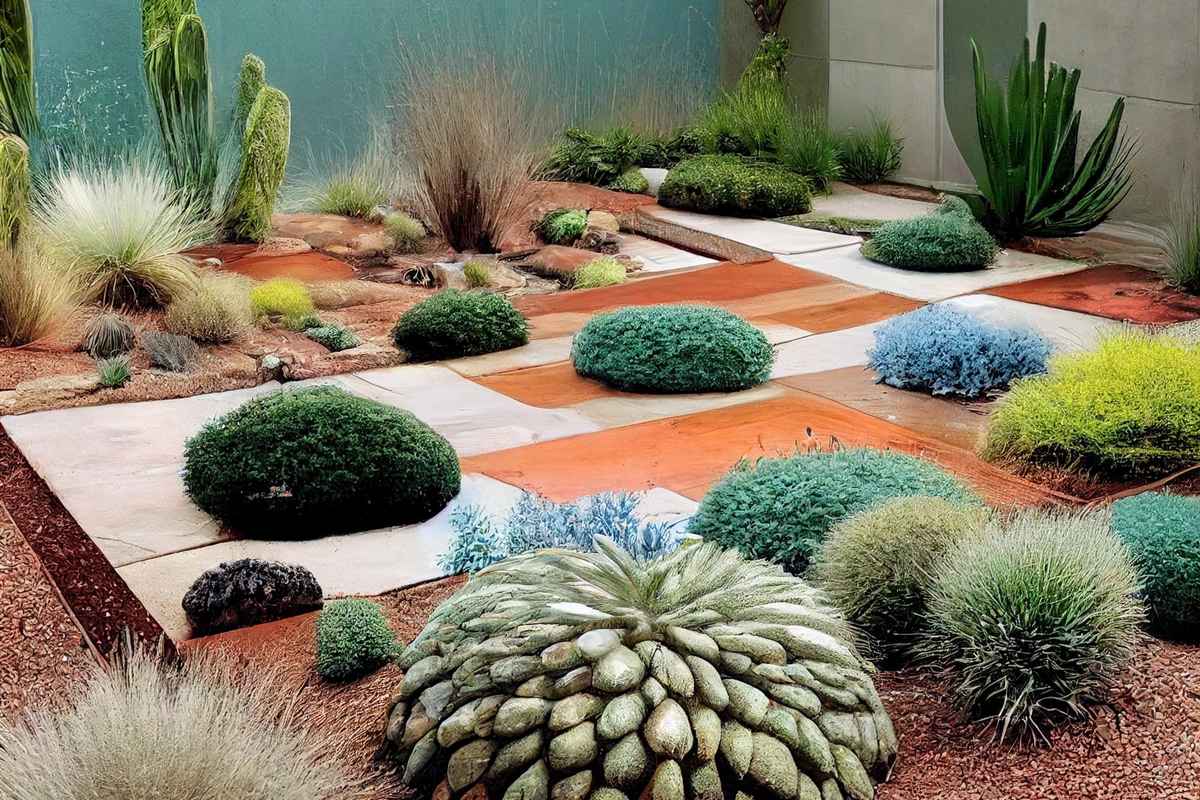
When pursuing environmentally-friendly gardening, consider incorporating xeriscaping to a significant extent.
In case you’re wondering, xeriscaping involves landscaping with plants that require minimal or no irrigation. This approach not only decreases your garden’s water demands but also has the potential to enhance soil quality naturally. Moreover, it’s adept at enduring drought, making it particularly advantageous in various climatic conditions.
Grow Edible Crops
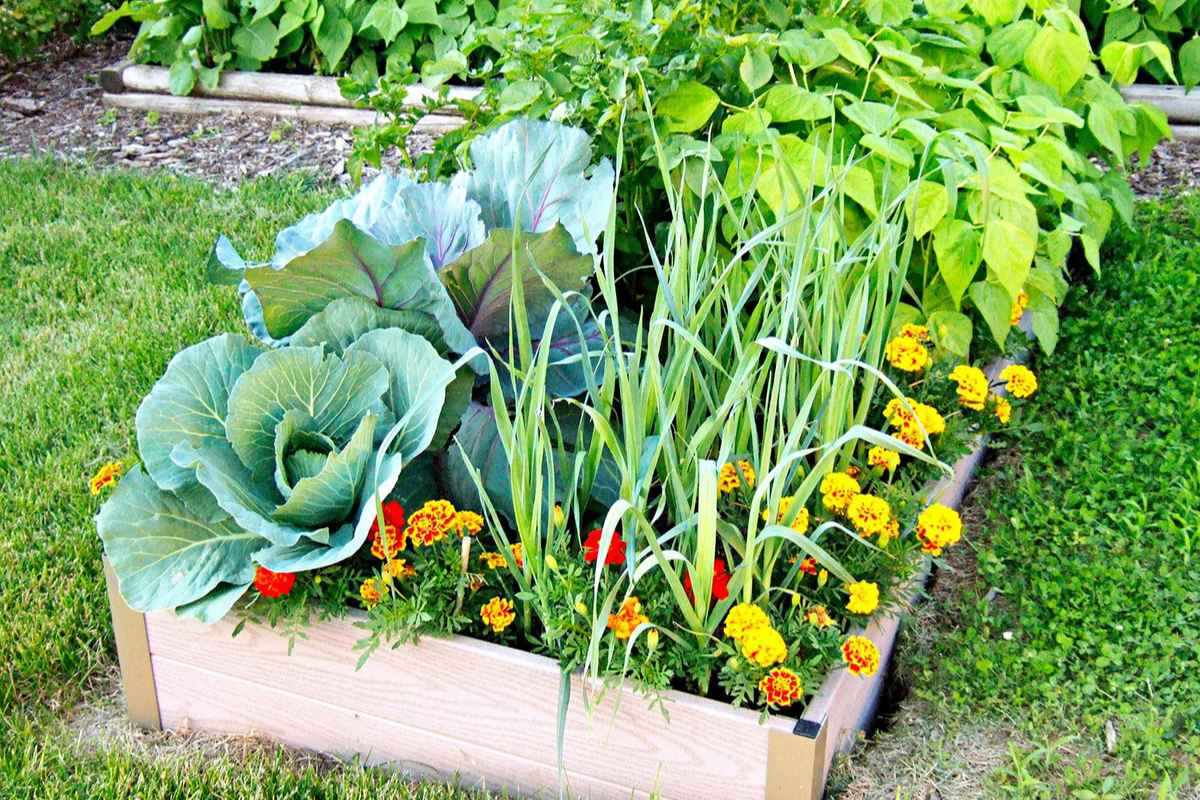
By cultivating more of your own herbs and produce at home, you decrease dependency on resources from less efficient sources. The selection of plants for your edible garden is adaptable to your preferences and climate.
However, whatever you decide to grow, it contributes to lowering your carbon footprint and replenishing the soil with carbon, ultimately benefiting the environment in your surroundings.
Create Your Own Compost
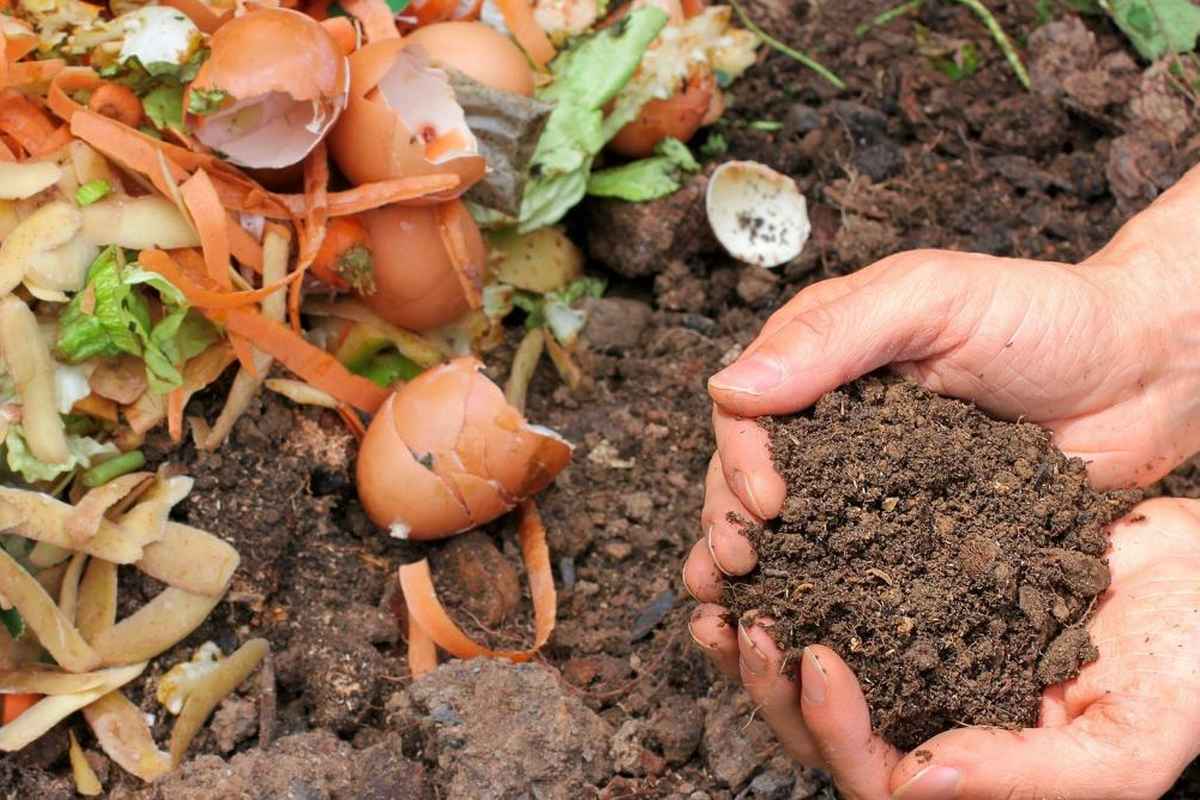
Composting helps prevent your food scraps from entering landfills, where they emit carbon dioxide and methane, contributing to environmental harm. Moreover, it serves as a valuable nourishment source for your plants, as well as for worms and various insects.
Even if you lack a yard and are maintaining houseplants or a small container garden, you can consider exploring local composting programs that offer either regular pick-up or designated drop-off points.
Focus on Planting Native Species
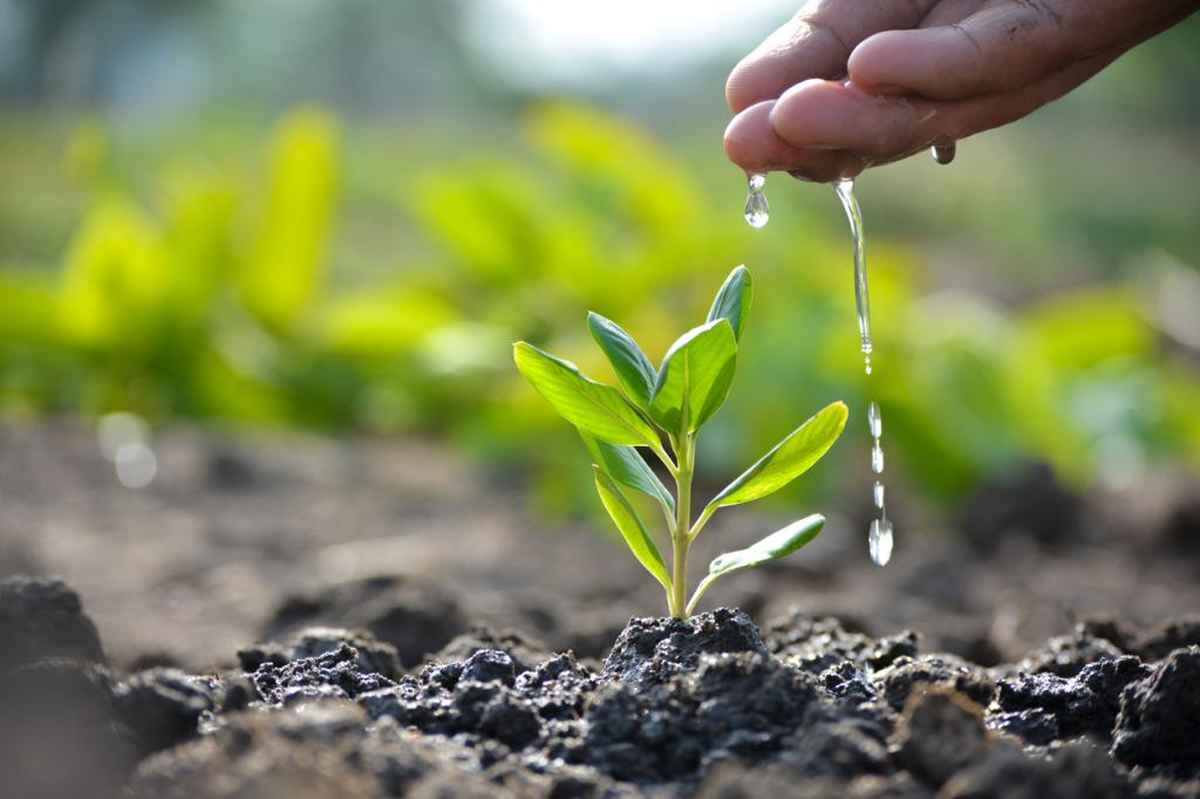
Native plants are those that have evolved to flourish in your specific local environment. Consequently, they harmonize perfectly with your garden’s soil and climate, necessitating less water and fertilizer to flourish.
By emphasizing native species, you align with the land’s inherent inclinations instead of striving to make the land conform to your desires. You can also populate your garden with plants that local insects and birds are naturally inclined to favor.
Go for Perennials
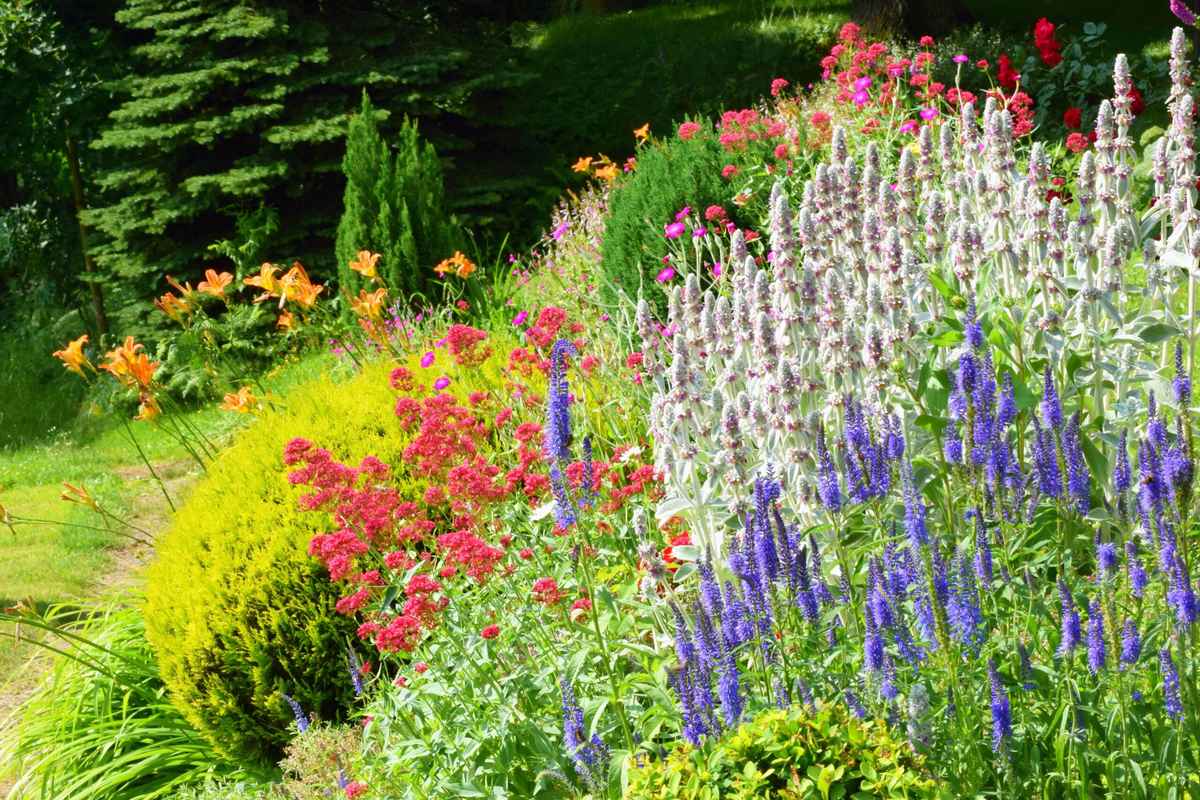
In contrast to annuals, perennials are sown once and make a recurring appearance each year. This practice fosters the development of more extensive root systems, enhancing soil nourishment and facilitating effortless propagation for subsequent plant growth.
A beneficial aspect is that they also save you both time and money, as there’s no need to replant them every spring.

